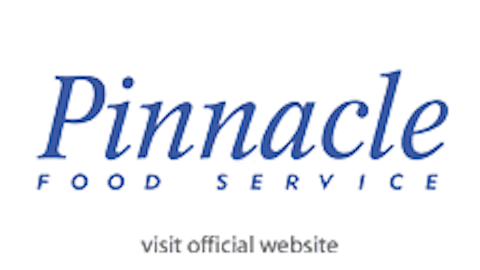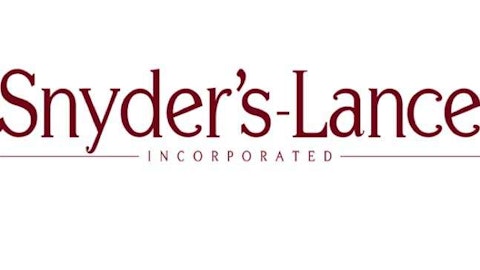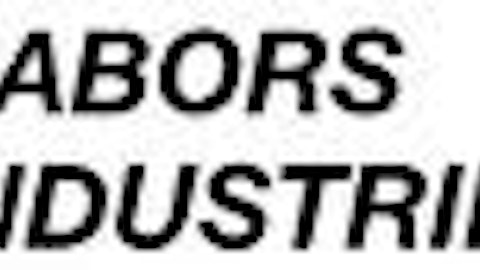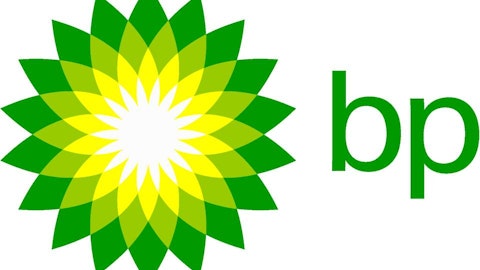In valuing a stock, many investors simply look at earnings per share or, at the most, net income, and think they’re done. I think that’s a mistake. Investors, especially dividend investors, should pay close attention to free cash flow, or FCF, too. Why? For one, free cash flow is harder to “tinker with” than net income.
But I think it’s even more important than that. Often times, the best investment opportunities are the sharpest allocators of capital: companies that are disciplined and put pressure on their money to perform. In this article I’m going to explain why free cash flow is an important piece of this puzzle and give three examples of companies practicing this.
Here’s how to find free cash flow: It is operating cash flow less capital expenditures, or CapEx. So, free cash flow is usually what’s left after a company pays for its expenses as well as expenditures for growth.
Nothing wrong with growth, but …
When a company spends money on any project, it is putting capital to work and expecting to get a return. CapEx is usually what is spent to grow a business. But as a business matures, growth becomes increasingly expensive and the return on each dollar spent goes down. Ever hear the term “growth for growth’s sake?” It’s almost never a good thing.
Management that knows how to say no to this urge are an investor’s best friend. As investors we want a management team that puts a stop to spending that does not provide a good return.
So how does FCF fit into this equation? When a company says no to a growth project, generally the would-be CapEx becomes free cash flow. Companies with high FCF versus CapEx sometimes have few growth prospects. Or they may have growth prospects, but are disciplined and choose only the best projects for capital allocation. We want the latter.
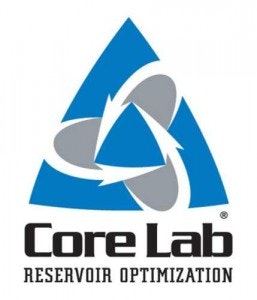
Here are some examples
Last quarter the company raised an astonishing .23 cents of FCF for every revenue dollar. Core Laboratories N.V. (NYSE:CLB) managed to grow net income by 12% despite FCF being over six times CapEx!
So, free cash flow numbers are great, but how do you think Core Laboratories N.V. (NYSE:CLB)’ return on invested capital, or ROIC, is like? If you guessed ROIC is also on top, you’d be right. And that’s no coincidence. When a company puts a premium on free cash flow, it acts as a sort of competitor against CapEx – only the best CapEx projects are allowed over free cash flow. Core Laboratories N.V. (NYSE:CLB) is the best example of this and it is why its ROIC is as high as it is.
Although consumer packaged goods is a vastly different sector than oil services, B&G Foods, Inc. (NYSE:BGS) is more-or-less following the same tenets as Core Laboratories N.V. (NYSE:CLB). Last year, B&G Foods, Inc. (NYSE:BGS)’s free cash flow as a percentage of net sales dwarfed the most well known store brands.
B&G Foods, Inc. (NYSE:BGS) focuses on “shelf stable” goods (no commodity products made of corn, wheat, beef or the like) from iconic, but small brands. Often times, it doesn’t need large advertisement campaigns. This is what keeps its CapEx at only 10.8% of operating cash flow (the rest is FCF).
And lo’ and behold, B&G Foods, Inc. (NYSE:BGS)’s EBITDA margins greatly exceed that of its peers. Not incidently, so too do dividends and total return over the last five years. B&G Foods, Inc. (NYSE:BGS)’s strategy has lead to acquiring top brands in niche fields, and as a result it has avoided costly and competitive dogfights. B&G Foods, Inc. (NYSE:BGS) has built a free cash flow machine that has enriched its shareholders. It has that in common with Core Labs.
My final example is in the REIT space, Public Storage (NYSE:PSA) . You may know Public Storage (NYSE:PSA). It owns and operate self-storage facilities across the US and Europe.
Its annual report really says it all: “Our goal is to grow free cash flow per share (…) It represents the cash available to pay common dividends, invest in additional (…) properties or retain for future use. I refer to this as ‘grocery money.”
A brief comparison of profitability metrics shows that its free cash flow strategy has paid off: ROIC, margins and FCF/revenue ratios are all well higher than its competitors.
Since 2007, it has tripled earnings, more than doubled dividends and grown funds from operations by 27%. Public Storage (NYSE:PSA)’s free cash flow maximizing strategy has set it apart from its storage competitors. Its consistency truly makes it “the Coca-Cola of real estate.”
Conclusion
Free cash flow is closely related to return on invested capital. And those companies which can say no to “growth for growth’s sake” are often superior in both metrics. In the long-run, I believe companies like the three I have highlighted here will provide superior returns.
Casey Hoerth has no position in any stocks mentioned. The Motley Fool has no position in any of the stocks mentioned. Casey is a member of The Motley Fool Blog Network — entries represent the personal opinion of the blogger and are not formally edited.
The article Free Cash Flow Means High Returns originally appeared on Fool.com is written by Casey Hoerth.
Copyright © 1995 – 2013 The Motley Fool, LLC. All rights reserved. The Motley Fool has a disclosure policy.
